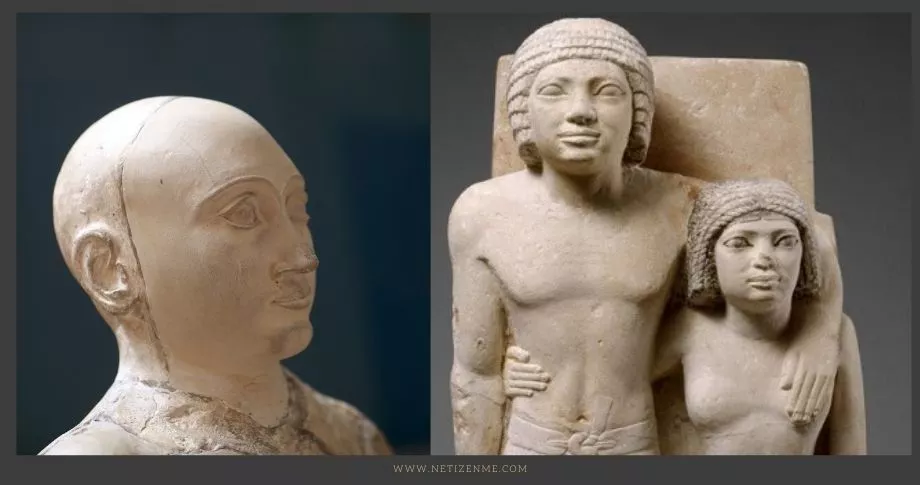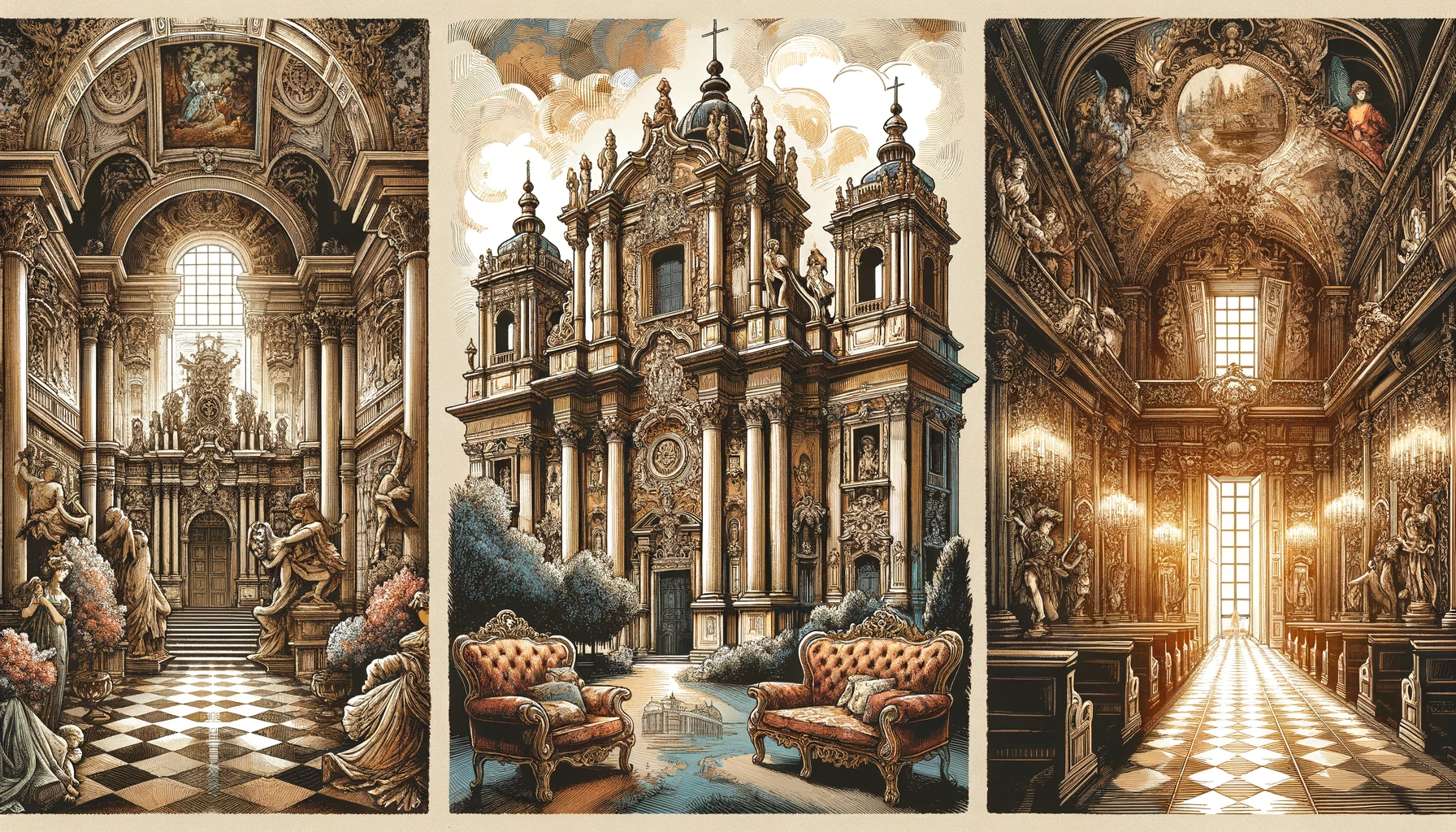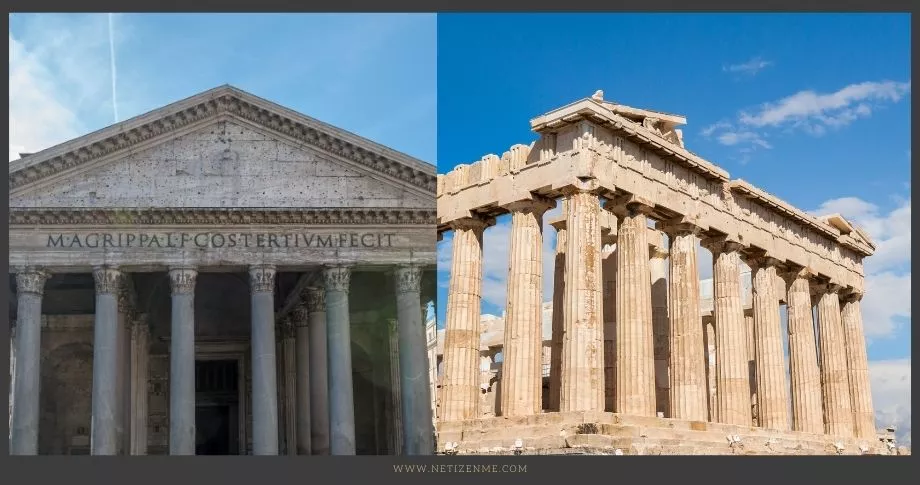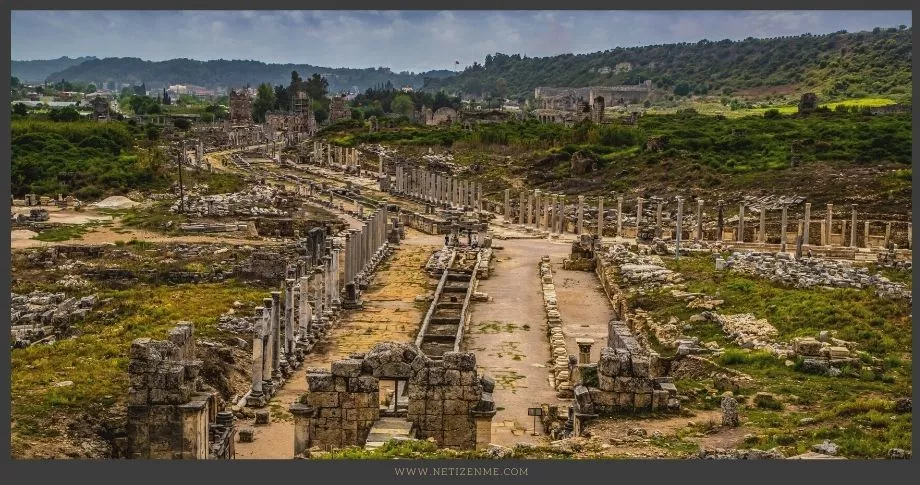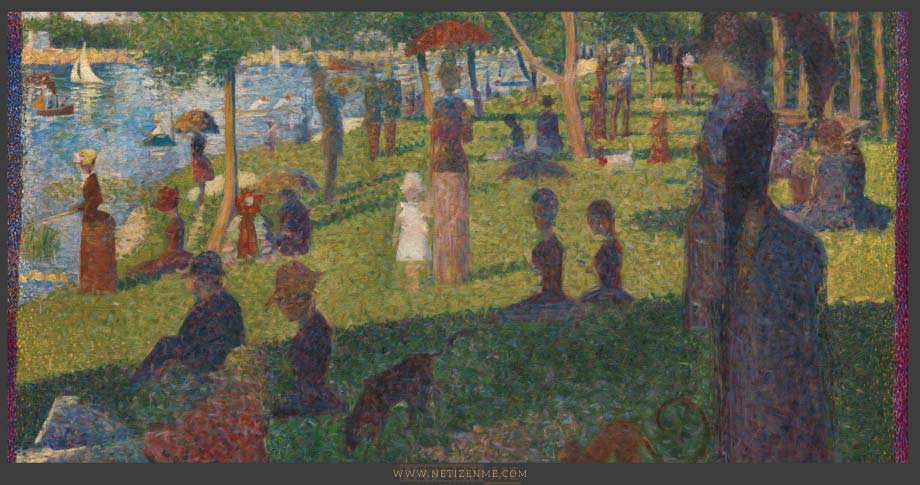
An overview Between the Statue of Memi and Sabu and the Statue of Gudea
What is the Statue of Memi and Sabu?
The Statue of Memi and Sabu is a famous piece of art history. The statue was created in Egypt, and is made of limestone. It is a life-size statue of two cats. The cats are shown seated next to each other, with their tails wrapped around each other. The statue is currently on display at the British Museum in London.
What is the Statue of Gudea?
The Statue of Gudea is a Mesopotamian sculpture that dates back to around 2,400 BCE. It is made of diorite, a type of dark-colored igneous rock. The statue depicts Gudea, a ruler of the ancient city-state of Lagash, in a seated position with his hands resting on his knees. Gudea was known for his wisdom and justice, and the statue is thought to represent these qualities. The Statue of Gudea is one of the most well-preserved examples of Mesopotamian art, and it provides valuable insights into the culture and values of the ancient world.
Comparison and Contrast Between the Statue of Memi and Sabu and the Statue of Gudea
The Statue of Memi and Sabu is a statuesque couple from the Early Dynastic Period in Mesopotamia. They are shown standing together with their arms around each other in a gesture of affection. The Statue of Gudea is a single figure from the Neo-Sumerian period. He is shown seated with his hands clasped in front of him. Both statues are made from diorite, a type of hard stone. When comparing the two sculptures, it is evident that they were created during different time periods. The Statue of Memi and Sabu is much more naturalistic in its style, while the Statue of Gudea is more stylized. The difference in style is likely due to the different time periods in which they were created. The Statue of Memi and Sabu was created during the Early Dynastic Period when art was still developing, while the Statue of Gudea was created during the Neo-Sumerian period when art had already reached a high level of sophistication.
Historical Periods
During the reign of Gudea in the ancient city of Lagash, the great city temples were adorned with several statues of him. While Lagash collapsed many centuries ago, the Statue of Gudea (which dates back to ca. 2090 B.C.) still sits pretty.

The Royal Acquaintances Memi and Sabu, on the other hand, date back to the Fourth Dynasty (ca. 2575–2465 B.C.) of ancient Egypt.
Appearance
What is the statue of Gudea made of?
The Royal Acquaintances Memi and Sabu were made from limestone. Meanwhile, the statue of Gudea is a stone sculpture made from diorite.
The Statue of Gudea portrays him as the ruler that he was, seated before his subjects with his hands folded into a prayer or greeting gesture. Meanwhile, The Royal Acquaintances Memi and Sabu depict the intimacy of Memi and Sabu; standing side-by-side, with Memi’s left hand hanging down Sabu’s shoulder and her right hand wrapped around his waist.
One thing both statues have in common is the presence of inscriptions. The inscriptions on the statue of Memi and Sabu suggested they were acquainted with a royal family, while that of the statue of Gudea described him as royalty and a hero, expressing the wish for him to live long.
Significance
The level of intimacy observed in the Royal Acquaintances Memi and Sabu suggests they were a couple. So, the statue could be a depiction of love. However, while their hands tell us they may have been lovers, their facial expressions say otherwise. It seems they were connected physically and not emotionally. Both husband and wife are dressed in similar clothes, which means they belonged to the same social class. Furthermore, the simplicity of their clothes shows they were probably commoners or servants.
This, however, isn’t the case with the Statue of Gudea. The Statue of Gudea represents royalty and power – this is evident in the portrayal of Gudea. The statue shows him seated, wearing a royal robe like he was about to address his subjects, unlike the Royal Acquaintances Memi and Sabu, which shows them standing, like subjects.
Purpose
Just like many others, the statue of Gudea was made to be placed in the great temples of Lagash Gudea built. Placing his statue in the temples was a way of preserving his legacy for the next generations to come and for the people to continue serving and worshipping him like a god.
The Royal Acquaintances Memi and Sabu were made to be buried with the dead (most likely their masters), to continue serving them even in the afterlife.
Historic statues are an important part of art history. They provide insight into the cultures of past civilizations and can tell us a lot about their beliefs, values, and customs. Statues can also be aesthetically pleasing and can add beauty to our world.
- Medici Influence: Renaissance Arts, Music, Science

- Antoni Gaudí: The Architectural Maestro Who Captivated the World

- In What Ways Did Italian Renaissance Scholars Embrace Classicism?

This article is written by:
Our professional writers and editors are passionate about sharing high-quality information and insights with our audience. We conduct diligent research, maintain fact-checking protocols, and prioritize accuracy and integrity to the best of our capacity.
You can cite our articles under the author name "Netizenme"
